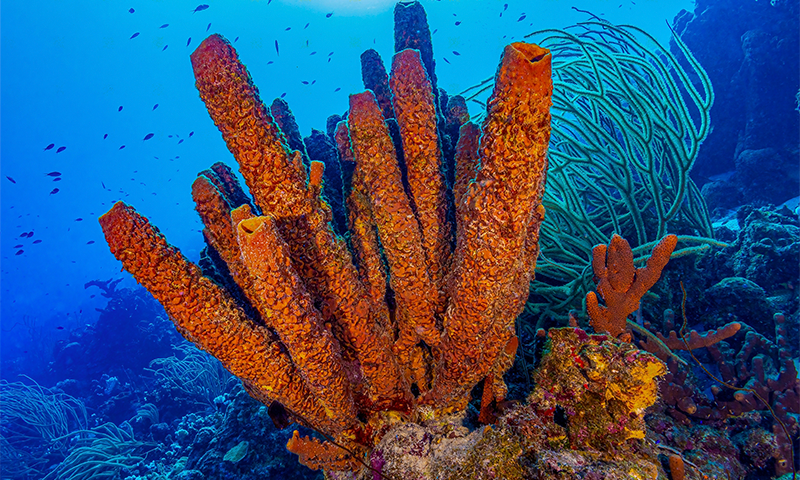Now Reading: Tracing the Origins of Earth’s First Animals
-
01
Tracing the Origins of Earth’s First Animals
Tracing the Origins of Earth’s First Animals

Quick Summary
- Fossil reefs from the Canadian Rockies’ Little Dal Group, believed to be 900-million-years-old, may contain evidence of early animal life.
- Elizabeth Turner discovered possible fossil remains of sponges-simplistic multicellular animals-in 2021.if confirmed, this would place the evolution of animals 300 million years earlier than previously thought.
- Sponges could have predated snowball Earth (a period with extreme ice ages) and possibly survived those harsh conditions.
- Current molecular clock studies estimate animal origins around 700-800 million years ago; however, Turner’s findings could challenge this timeline.
- Scientists are debating whether these earliest reef structures were solely microbial or a mixed system including early animals (sponges).
- Researchers including Akshay Mehra and team conducted fieldwork in the Little Dal region to examine fossils and collect rock samples for age and structural analysis using advanced microscopic imaging techniques over several months of study in collaboration with local First Nations communities.
- Even if sponges are not confirmed as part of these ancient reefs’ structure, they could still provide insights into evolving ecosystems that supported complex life forms like eukaryotes.
Indian Opinion Analysis
This discovery has scientific significance for India as a growing research hub on paleontology and evolutionary studies. The possibility that multicellular animals evolved much earlier than assumed reshapes our understanding of life’s resilience during extreme climate events like Snowball Earth and highlights ecosystem complexities enabling advanced life forms.
For Indian science education institutions and researchers focusing on ancient ecosystems or fossils within India’s own geological frameworks-such as the Vindhyan rocks hypothesized to hold billion-year-old microbial fossils-this study underscores interdisciplinary methodologies like molecular clocks combined with satellite mapping techniques for rock age examination under microscopes.
It also echoes broader implications for global climate science: how extreme conditions can shape survival pathways in Earth’s history while exploring such finds abroad expands collaborative framework valuing joint studies neutral/n-objective layers



























